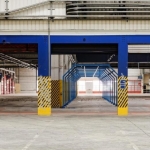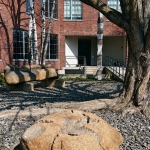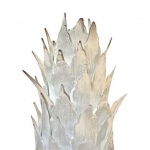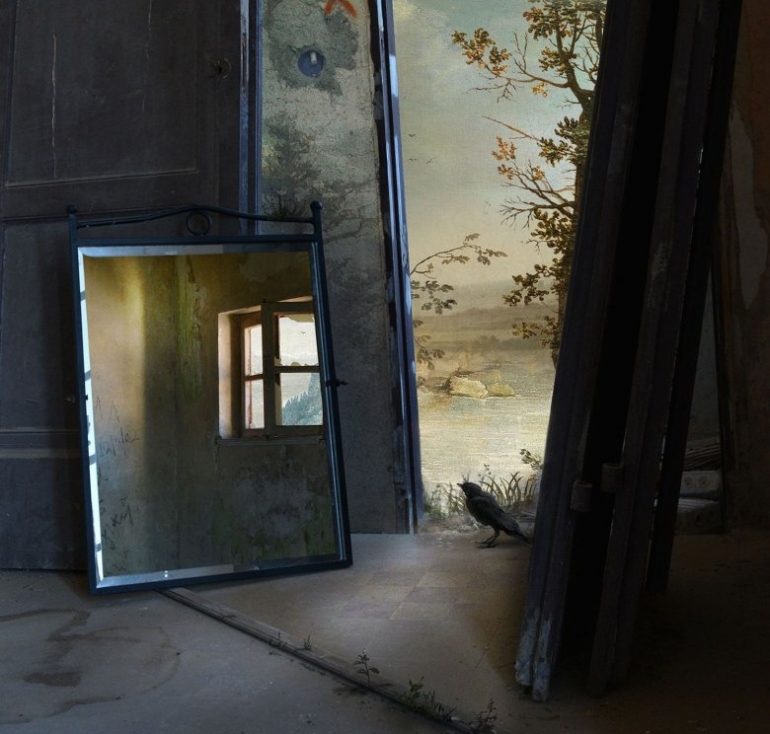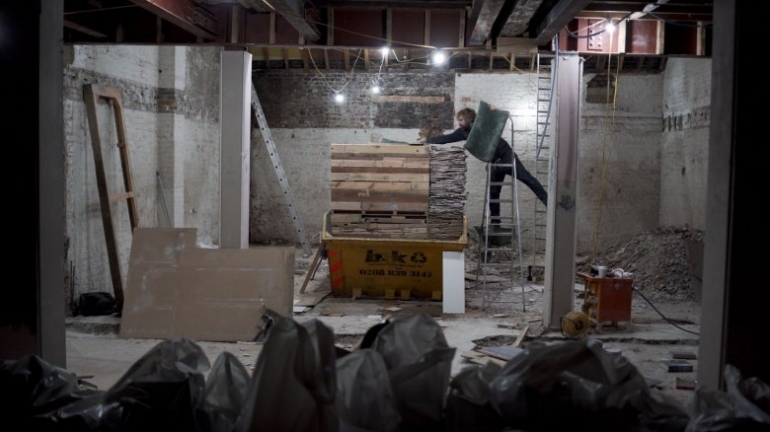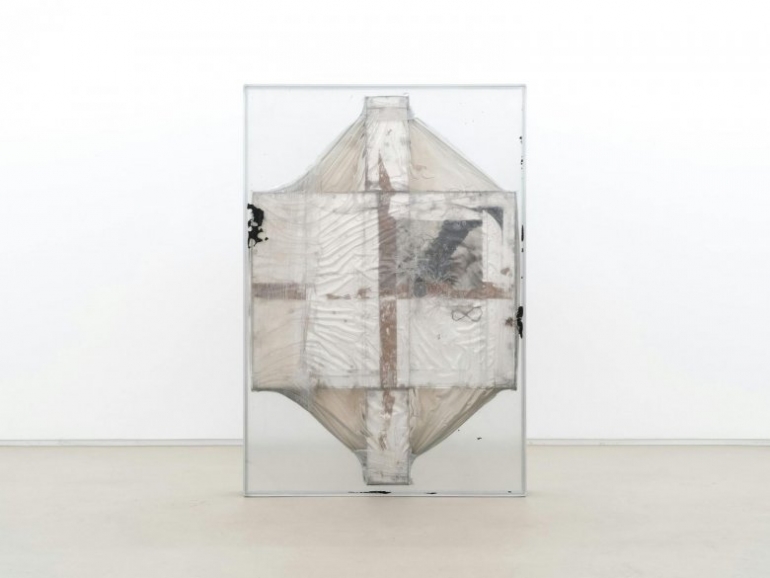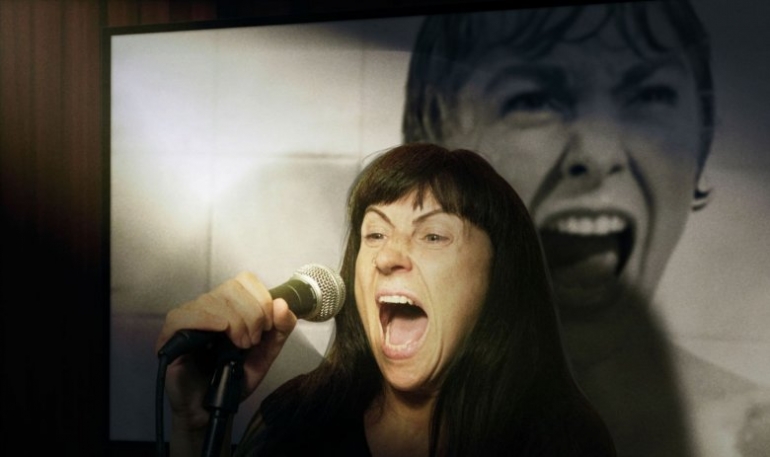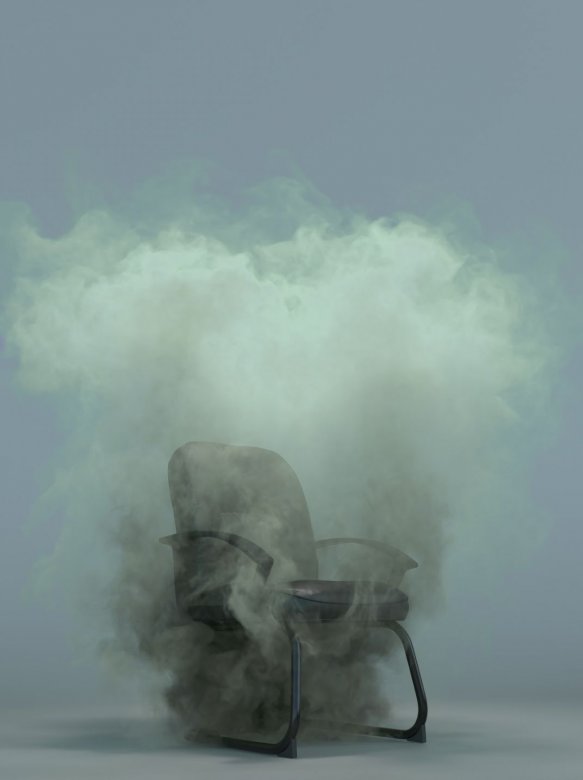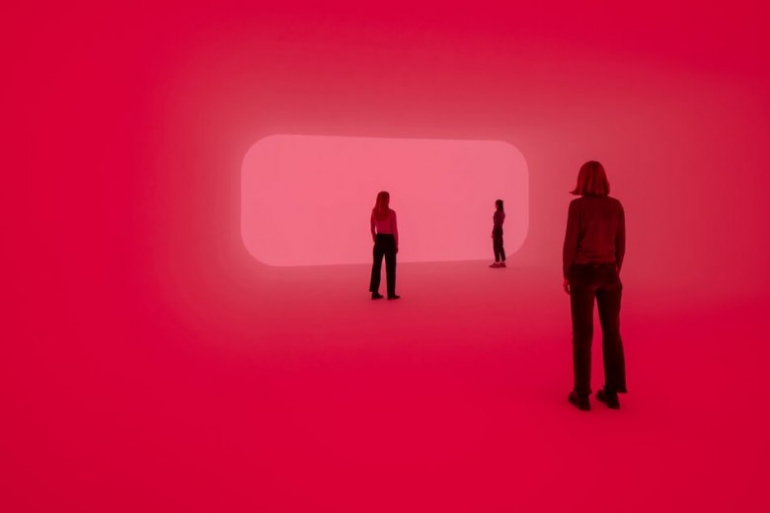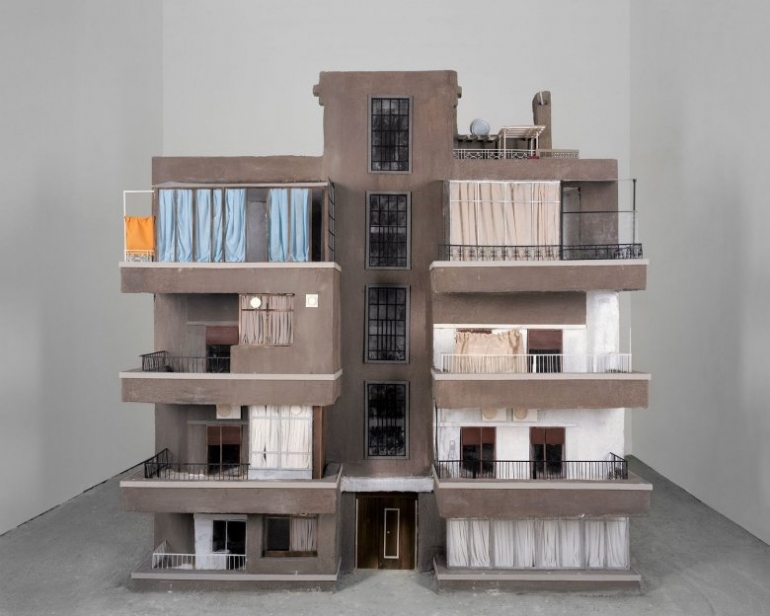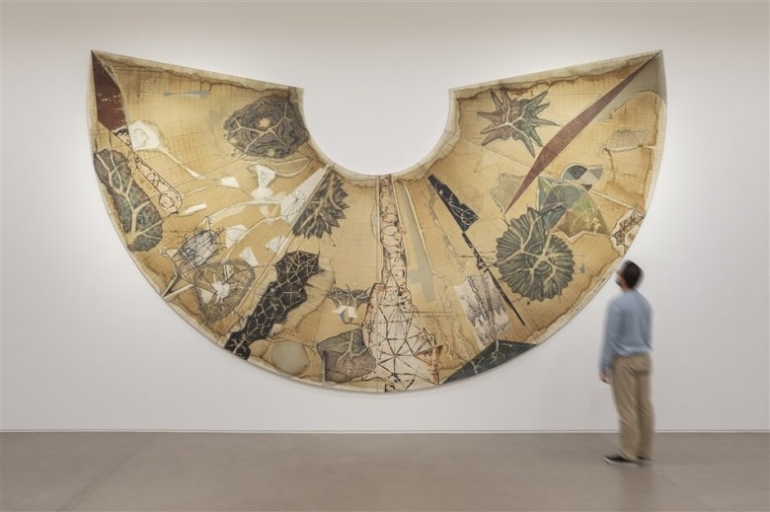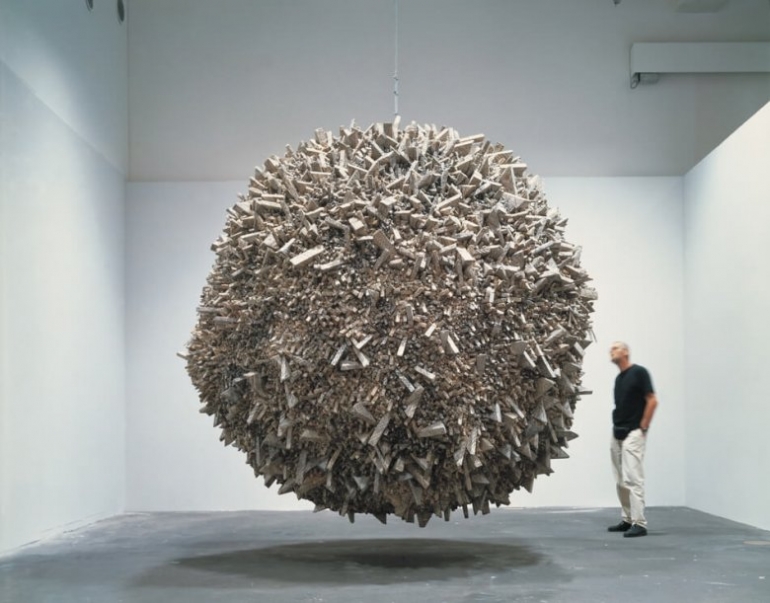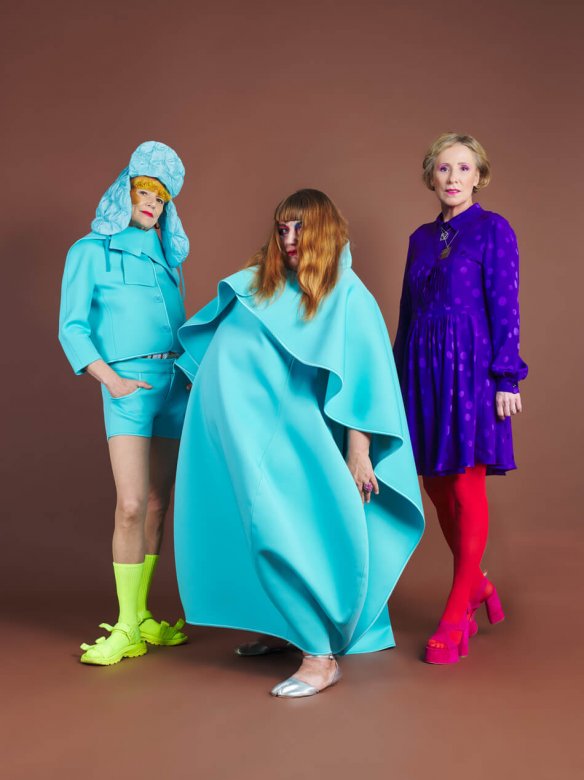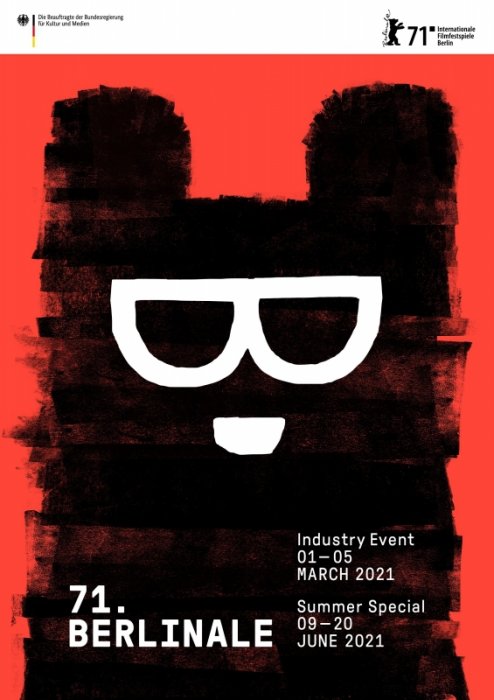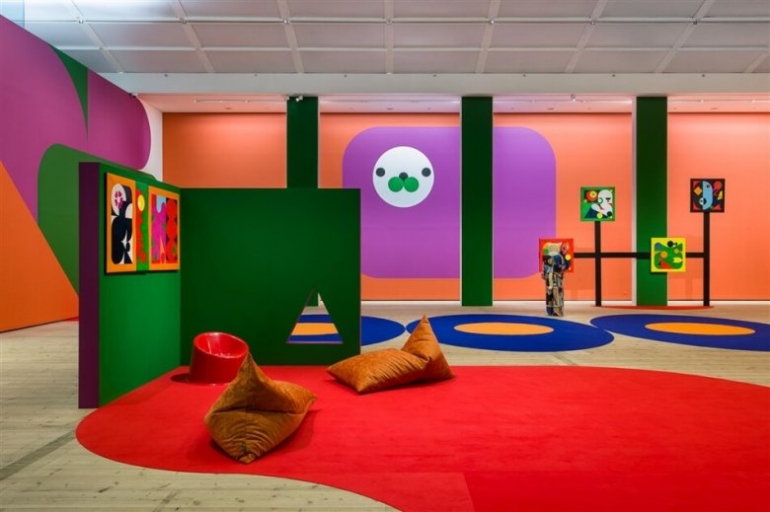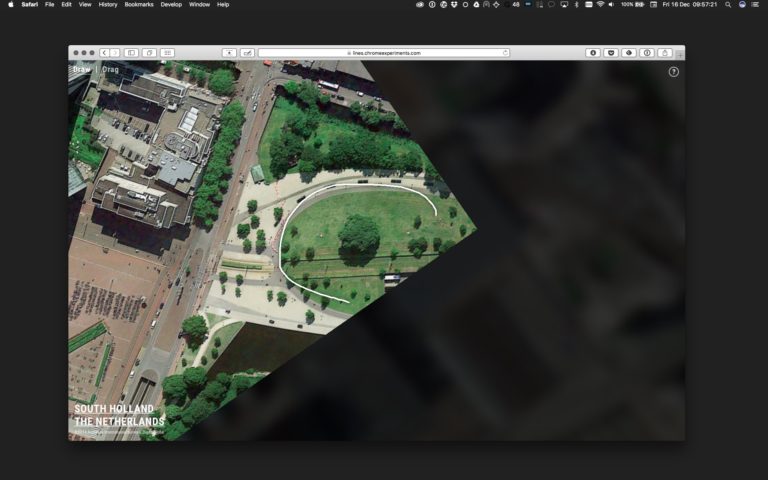15th edition of the Biennale de Lyon
The new location of the Biennale de Lyon, the Les Usines Fagor. Photoⓒ Blaise Adilon
About
This 15th edition of the Lyon Contemporary Art Biennale is devised as an ecosystem at the intersection of biological, economic and cosmogonic landscapes. It bears witness to the shifting relationships between human beings, other living species, the mineral kingdom, technological artefacts and the stories that unite them.
Details
Biennale de Lyon has also named the artists participating in the event of this year. With a french title “Là où les eaux se mêlent,” which means “Where water comes together with other water” in English, Biennale de Lyon will be held at the new location, Les Usines Fagor as well as at its usual location, Musée d’Art Contemporain de Lyon under the direction of Isabelle Bertolotti and the curatorial department of the Palais de Tokyo. The invited artists will present new site-specific works related to the architecture of the location, in the context of socioeconomic legacy. As the curatorial team mentioned in its statement, “Fantastic gardens, hybrid creatures, bouquets of epiphytic stories, synthetic fragrances and mythological machines, but also colors, crystals, songs, and infrasounds which could be intended for us humans as much as for our contemporaries: plants, animals, minerals, breaths and chemistries, waves and bacteria, are just some of the ingredients that make up the porous landscapes of this Fifteenth Lyon Biennale”, the main theme of this edition will be an ecosystem.
FAGOR FACTORY A former industrial powerhouse at the heart of Lyon’s working-class history, the Fagor-Brandt home appliance factory, in the Gerland district, stands on a 4.5-hectare site (110,000 sq m, including 73,000 sq m of covered buildings) that is now being regenerated. The factory still employed 1,000 people in the early 1980s, but the workforce had fallen to just under 400 by the 2000s. Starting in 2005, production was gradually relocated abroad, and the factory was sold to SITL in 2010. While it was switching to the production of electric cars, the plant went downhill and closed in 2015. The site, where 29,000 sq m (312,000 sq ft) is currently unused, now hosts cultural events, such as the Nuits Sonores since 2017. |
All images/words © the artist(s) and organization(s)
☆Donation: https://www.paypal.com/paypalme2/artlecture


